Home>Construction & Tools>Building Materials>How To Keep A Brick House Cool
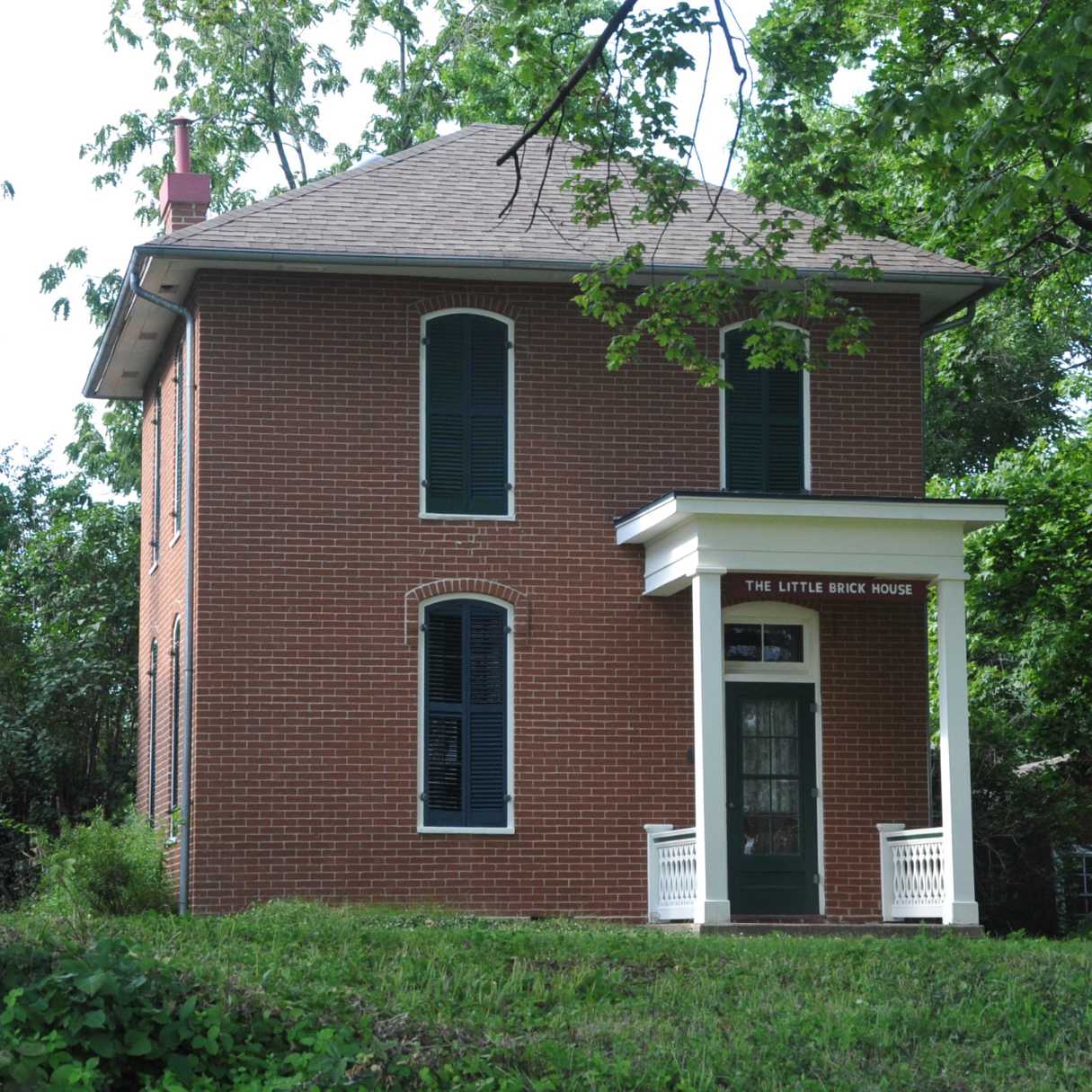

Building Materials
How To Keep A Brick House Cool
Modified: February 18, 2024
Learn effective ways to keep your brick house cool using the right building materials and techniques. Keep your home comfortable and energy-efficient. Discover expert tips now!
(Many of the links in this article redirect to a specific reviewed product. Your purchase of these products through affiliate links helps to generate commission for Storables.com, at no extra cost. Learn more)
**
Introduction
**
When it comes to timeless elegance and sturdy construction, few materials rival the enduring appeal of a brick house. The classic charm and durability of brick make it a popular choice for homeowners around the world. However, as summer temperatures soar, brick houses have a tendency to absorb and retain heat, making them uncomfortably warm. This raises the question: how can one keep a brick house cool while preserving its architectural integrity? In this article, we will explore the importance of maintaining a cool environment within brick houses, delve into the science of heat transfer in these structures, and provide practical strategies for effectively cooling a brick house. Whether you're a proud owner of a brick home or considering investing in one, understanding the dynamics of temperature control in brick houses is essential for creating a comfortable living space year-round.
Key Takeaways:
- Embracing natural ventilation and shade elements can help keep a brick house cool by promoting airflow and minimizing direct sunlight exposure, creating a more comfortable living space.
- Optimizing insulation and leveraging the thermal mass of brick, along with using energy-efficient cooling systems, can effectively regulate temperature and enhance comfort within a brick house, prioritizing sustainability and energy efficiency.
Read more: How Is A Brick House Built
Importance of Keeping a Brick House Cool
As the mercury climbs during the scorching summer months, the interior of a brick house can often become uncomfortably warm. The thermal mass property of brick, which allows it to absorb and store heat, contributes to this phenomenon. Without proper cooling measures, the accumulated heat can make the indoor environment stifling, leading to discomfort and decreased livability. Additionally, excessive heat retention in a brick house can drive up energy costs as cooling systems work overtime to maintain a comfortable temperature.
Moreover, high indoor temperatures can impact the structural integrity of a brick house over time. Prolonged exposure to heat may lead to expansion and contraction of the building materials, potentially causing cracks or other structural issues. By effectively managing the temperature within a brick house, homeowners can mitigate these risks and ensure the longevity of their property.
Furthermore, a cool and comfortable living environment is essential for the well-being of the occupants. Excessive heat can not only cause physical discomfort but also affect mental well-being and productivity. By implementing strategies to keep a brick house cool, homeowners can create a more pleasant and inviting space for themselves, their families, and guests.
Recognizing the significance of maintaining a cool interior in a brick house underscores the need for practical and effective cooling solutions tailored to the unique characteristics of this timeless building material. By addressing this need, homeowners can enjoy the benefits of a comfortable living space while preserving the allure and durability of their brick homes.
Understanding the Heat Transfer Process in Brick Houses
To effectively address the challenge of keeping a brick house cool, it is crucial to comprehend the heat transfer dynamics at play within these structures. Brick, renowned for its thermal mass properties, has the ability to absorb and store heat from the surrounding environment. During the day, as sunlight strikes the exterior walls of a brick house, the material absorbs a significant amount of thermal energy. This absorbed heat is then gradually released into the interior spaces, contributing to elevated indoor temperatures, particularly during the warmer months.
Furthermore, the conductivity of brick allows heat to transfer through the material, influencing the temperature of the adjacent indoor air. As a result, the interior of a brick house can retain warmth long after the external conditions have cooled down. This heat transfer process underscores the unique challenge of cooling brick houses, as traditional cooling methods may prove less effective in addressing the thermal characteristics of this building material.
Understanding the heat transfer process in brick houses also involves recognizing the impact of insulation and ventilation on temperature regulation. While brick offers excellent thermal mass, the insulation and ventilation systems play a crucial role in managing the flow of heat. Proper insulation can help reduce the transfer of heat from the exterior to the interior, while effective ventilation can facilitate the removal of accumulated heat, promoting a cooler indoor environment.
By gaining insight into the heat transfer mechanisms specific to brick houses, homeowners can make informed decisions when implementing cooling strategies. From leveraging the thermal mass of brick to optimizing insulation and ventilation, a comprehensive understanding of the heat transfer process is essential for devising effective solutions to maintain a comfortable and temperate living space within a brick house.
Strategies for Keeping a Brick House Cool
Keeping a brick house cool requires a multifaceted approach that addresses the unique thermal properties of this enduring building material. By combining effective cooling strategies tailored to the characteristics of brick, homeowners can create a comfortable and inviting living environment even during the hottest months of the year.
- Utilizing Natural Ventilation and Shade: Harnessing natural ventilation by strategically positioning windows and utilizing cross-ventilation can facilitate the flow of fresh air, promoting cooling airflow within the house. Additionally, incorporating shade elements such as awnings, trellises, or strategically planted trees can help reduce direct sunlight exposure to the exterior walls, minimizing heat absorption.
- Insulation and Thermal Mass in Brick Houses: Enhancing the insulation of a brick house can significantly reduce the transfer of heat from the exterior, helping maintain cooler indoor temperatures. Additionally, leveraging the thermal mass of brick by utilizing materials such as insulated double-brick walls can aid in stabilizing indoor temperatures, mitigating the impact of external heat fluctuations.
- Using Energy-Efficient Cooling Systems: Implementing energy-efficient cooling systems, such as high-efficiency air conditioners or evaporative cooling units, can provide effective temperature control while minimizing energy consumption. Additionally, utilizing ceiling fans to promote air circulation can complement the cooling function of these systems, enhancing overall comfort.
By integrating these strategies, homeowners can effectively manage the unique thermal characteristics of brick houses, creating a cool and comfortable living space that celebrates the timeless appeal of brick while prioritizing comfort and energy efficiency.
Consider planting shade trees around the house to block direct sunlight and keep the interior cooler. This can help reduce the need for excessive air conditioning and lower energy costs.
Utilizing Natural Ventilation and Shade
Maximizing natural ventilation and strategically incorporating shade elements are essential strategies for maintaining a cool and comfortable environment within a brick house. By harnessing the power of airflow and minimizing direct sunlight exposure, homeowners can effectively mitigate the impact of heat accumulation, promoting a more temperate indoor climate.
Natural Ventilation: Designing a brick house to optimize natural ventilation involves strategically placing windows and openings to facilitate the flow of air throughout the interior spaces. Cross-ventilation, achieved by positioning windows on opposite walls, allows for the circulation of fresh air, promoting cooling airflow and reducing indoor temperatures. Additionally, incorporating operable skylights or clerestory windows can further enhance airflow, contributing to a more comfortable living environment.
Strategic landscaping can also play a role in promoting natural ventilation. By strategically planting trees and shrubs to channel breezes toward the house, homeowners can capitalize on natural airflow, further enhancing the cooling effect within the interior spaces.
Shade Elements: Integrating shade elements around a brick house is instrumental in minimizing direct sunlight exposure to the exterior walls, thereby reducing heat absorption and heat transfer into the interior spaces. Awnings, pergolas, and trellises strategically positioned to shield windows and walls from intense sunlight can significantly contribute to maintaining cooler indoor temperatures. Furthermore, deciduous trees planted strategically around the house can provide natural shade while allowing sunlight to filter through during the cooler months, offering a dynamic approach to temperature regulation.
By embracing natural ventilation and incorporating shade elements, homeowners can effectively harness the power of nature to create a cooler and more comfortable living space within a brick house. These strategies not only contribute to temperature control but also enhance the overall sustainability and livability of the home, aligning with a holistic approach to architectural design and environmental responsibility.
Read more: How To Match Brick On A House
Insulation and Thermal Mass in Brick Houses
Insulation and the inherent thermal mass of brick play pivotal roles in regulating temperature and ensuring a comfortable living environment within brick houses. By optimizing insulation and leveraging the unique thermal properties of brick, homeowners can effectively mitigate heat transfer and maintain cooler indoor temperatures, enhancing overall comfort and energy efficiency.
Enhanced Insulation: Improving the insulation of a brick house is essential for minimizing the transfer of heat from the exterior environment to the interior spaces. Utilizing high-quality insulation materials, such as foam board insulation or spray foam insulation, can effectively reduce thermal bridging and heat conduction through the walls, promoting a more consistent and temperate indoor climate. Additionally, ensuring proper insulation in the roof and floors further contributes to overall temperature control and energy efficiency.
Furthermore, considering the installation of double-glazed windows with low-emissivity coatings can significantly enhance the insulation properties of the building envelope, reducing heat gain from direct sunlight exposure while preserving natural light and views.
Leveraging Thermal Mass: The inherent thermal mass of brick, characterized by its ability to absorb, store, and release heat, can be harnessed to stabilize indoor temperatures. Utilizing materials with high thermal mass, such as solid brick walls or clay bricks, allows for the absorption of excess heat during the day and its gradual release during cooler periods, contributing to a more balanced and comfortable indoor environment. Additionally, incorporating thermal mass elements within the interior spaces, such as exposed brick walls or tiled floors, can help regulate temperature fluctuations and reduce the need for mechanical cooling systems.
By optimizing insulation and leveraging the thermal mass of brick, homeowners can effectively manage heat transfer and create a cooler and more energy-efficient living space within a brick house. These strategies not only contribute to enhanced comfort but also align with sustainable design principles, promoting responsible energy usage and environmental stewardship.
Using Energy-Efficient Cooling Systems
Implementing energy-efficient cooling systems is a key strategy for effectively managing indoor temperatures and ensuring a comfortable living environment within a brick house. By prioritizing energy efficiency and optimal cooling performance, homeowners can minimize environmental impact while enjoying the benefits of a cool and inviting home during the warmer months.
High-Efficiency Air Conditioners: Selecting air conditioning units with high energy efficiency ratings, such as those certified by ENERGY STAR, can significantly reduce energy consumption while providing effective cooling. These units are designed to optimize performance and minimize electricity usage, offering a sustainable solution for maintaining comfortable indoor temperatures within a brick house. Additionally, proper sizing and installation of air conditioning systems are essential to ensure optimal performance and energy efficiency.
Evaporative Cooling Units: Evaporative coolers, also known as swamp coolers, offer an energy-efficient alternative to traditional air conditioners, particularly in dry climates. By harnessing the natural process of evaporation to cool and humidify the air, these systems can effectively lower indoor temperatures while consuming less energy than conventional air conditioning units. Evaporative cooling units are well-suited for enhancing comfort within brick houses, leveraging the thermal mass of the building material to maintain cooler indoor environments.
Ceiling Fans and Ventilation: Complementing energy-efficient cooling systems with the use of ceiling fans can promote air circulation and enhance overall comfort while reducing the reliance on mechanical cooling. Ceiling fans help distribute cooled air more effectively, allowing for higher thermostat settings and reduced energy consumption. Additionally, incorporating whole-house ventilation systems, such as energy recovery ventilators, can facilitate the exchange of stale indoor air with fresh outdoor air, contributing to a healthier and more comfortable indoor environment.
By integrating energy-efficient cooling systems and promoting effective air circulation, homeowners can create a cool and sustainable living space within a brick house. These strategies not only prioritize energy efficiency but also contribute to long-term cost savings and environmental responsibility, aligning with a holistic approach to comfortable and sustainable living.
Conclusion
Keeping a brick house cool presents a unique set of challenges and opportunities, requiring a thoughtful and tailored approach to temperature regulation. By understanding the heat transfer dynamics specific to brick and implementing effective cooling strategies, homeowners can create a comfortable and inviting living environment while preserving the timeless appeal and durability of their brick homes.
Recognizing the importance of maintaining a cool interior within a brick house is fundamental for ensuring the well-being of occupants, mitigating structural risks, and promoting energy efficiency. The thermal mass and heat transfer properties of brick necessitate a comprehensive approach to temperature control, encompassing natural ventilation, shade elements, insulation, thermal mass utilization, and energy-efficient cooling systems.
By harnessing natural ventilation and strategically incorporating shade elements, homeowners can leverage the power of nature to promote airflow and minimize direct sunlight exposure, contributing to a cooler indoor environment. Optimizing insulation and leveraging the inherent thermal mass of brick further facilitates temperature regulation, enhancing comfort and energy efficiency within the home. Additionally, integrating energy-efficient cooling systems and promoting effective air circulation complements these strategies, providing sustainable solutions for maintaining comfortable indoor temperatures.
Ultimately, the pursuit of a cool and comfortable living space within a brick house embodies a harmonious blend of architectural mindfulness, environmental responsibility, and personalized comfort. By embracing the unique characteristics of brick and implementing tailored cooling strategies, homeowners can create a space that not only withstands the test of time but also fosters a sense of tranquility and well-being for all who call it home.
With a holistic approach to cooling, brick houses can continue to epitomize enduring elegance and serve as havens of comfort and respite, regardless of external temperatures. By embracing innovative solutions and time-honored principles, homeowners can navigate the nuances of temperature control within brick houses, ensuring that these architectural treasures remain cool, inviting, and cherished for generations to come.
Frequently Asked Questions about How To Keep A Brick House Cool
Was this page helpful?
At Storables.com, we guarantee accurate and reliable information. Our content, validated by Expert Board Contributors, is crafted following stringent Editorial Policies. We're committed to providing you with well-researched, expert-backed insights for all your informational needs.
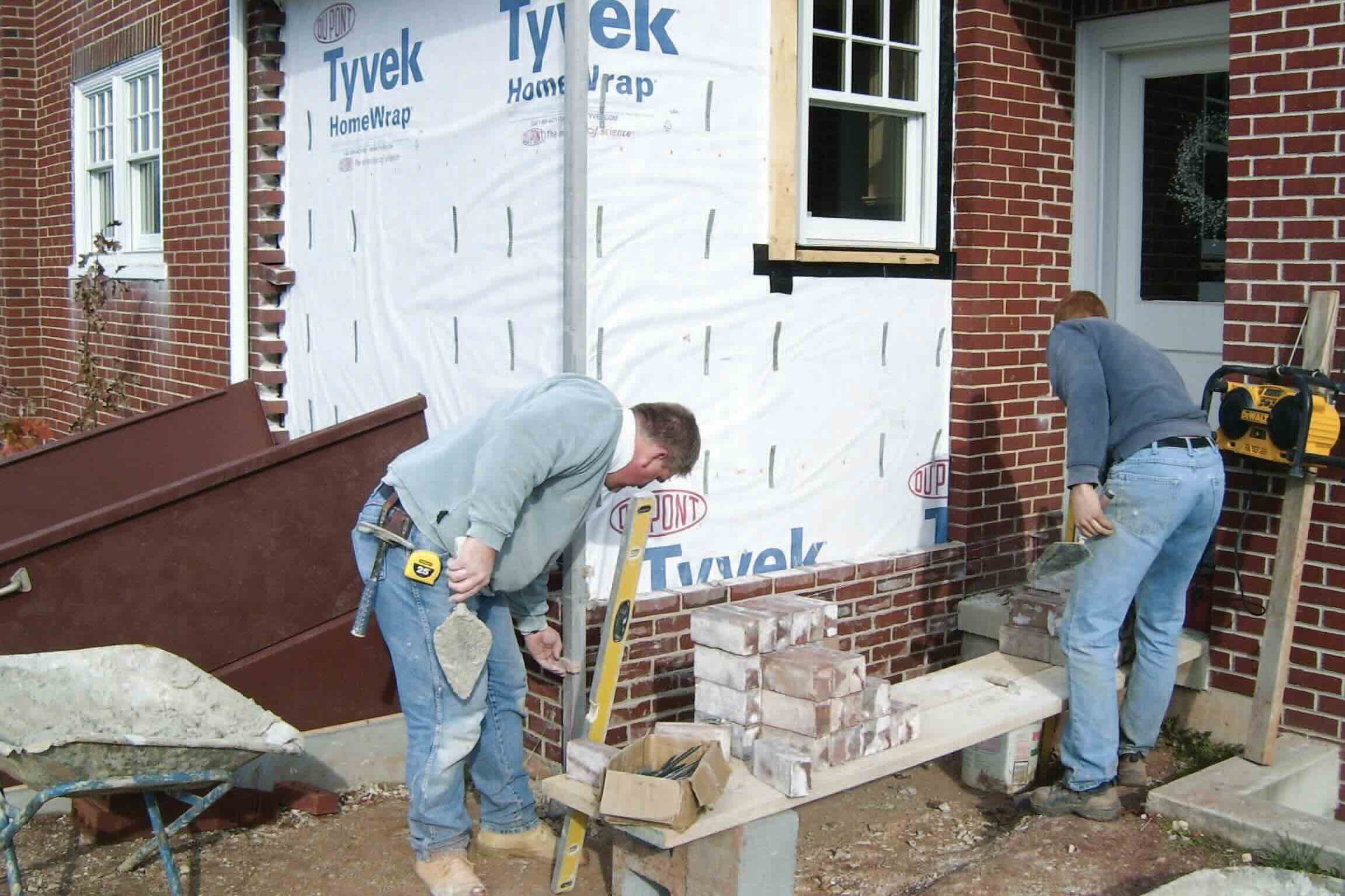
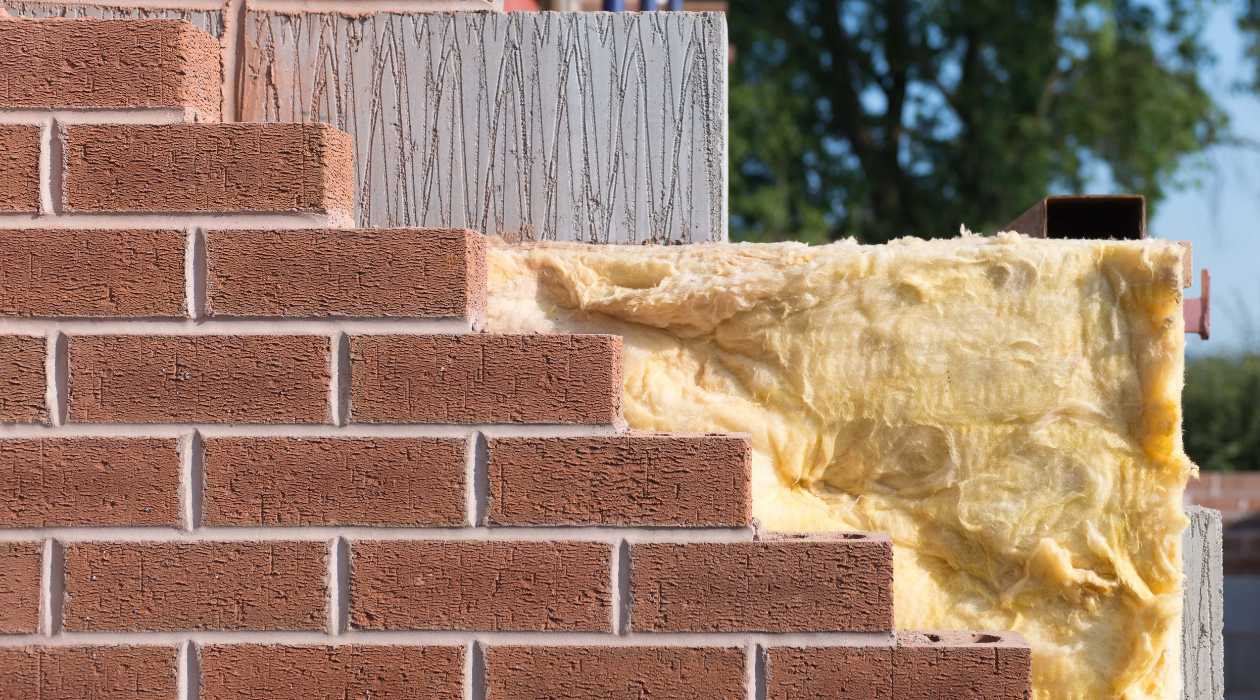
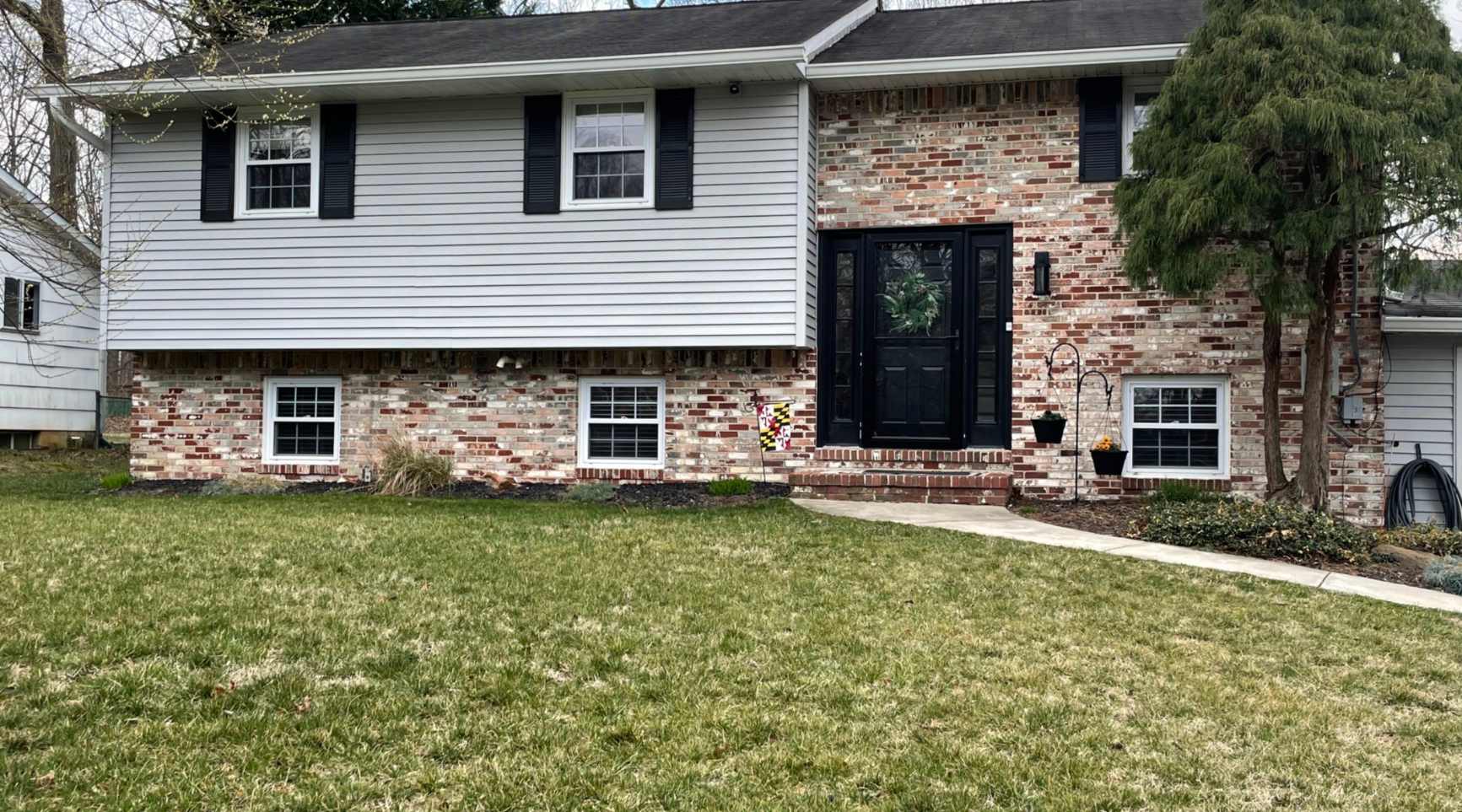
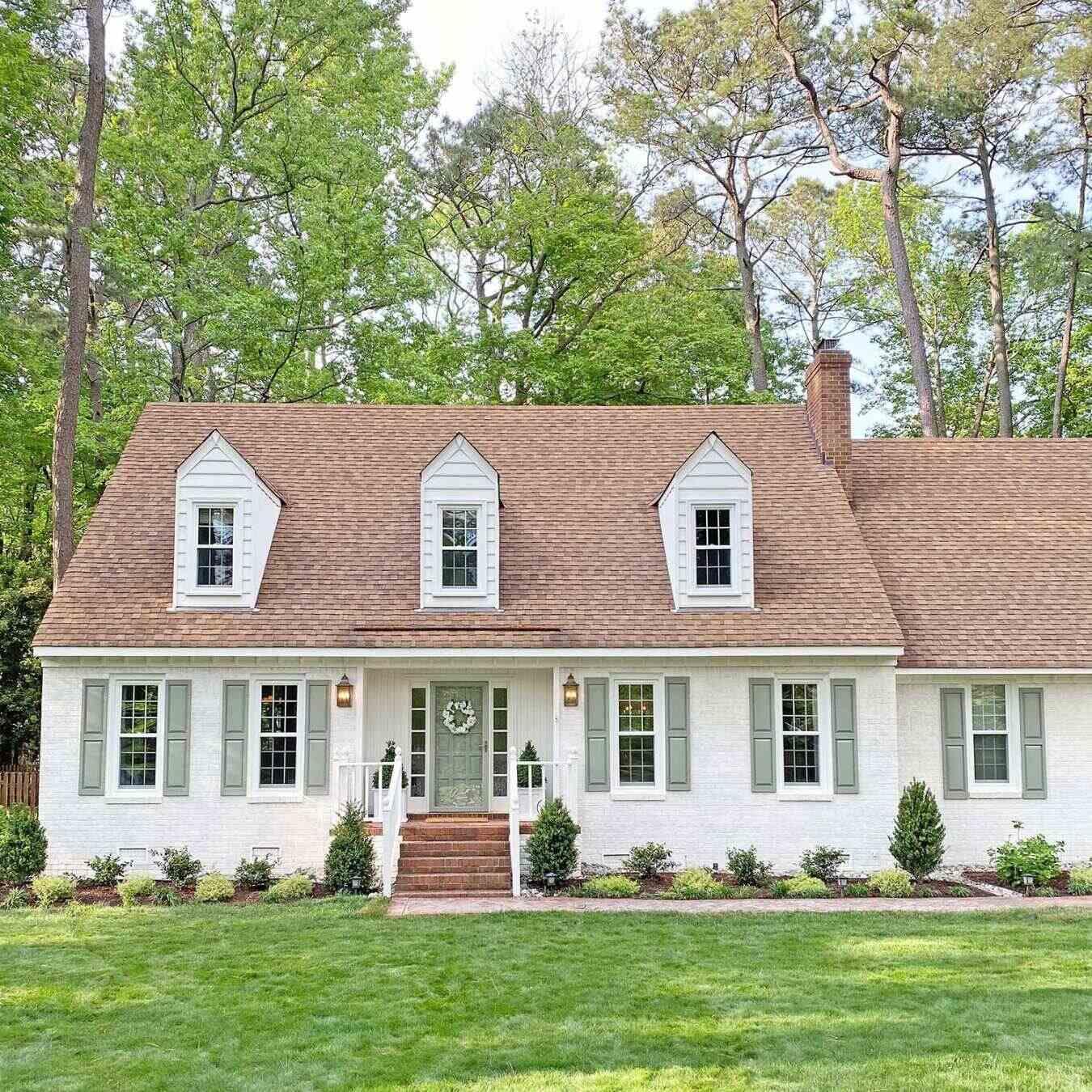
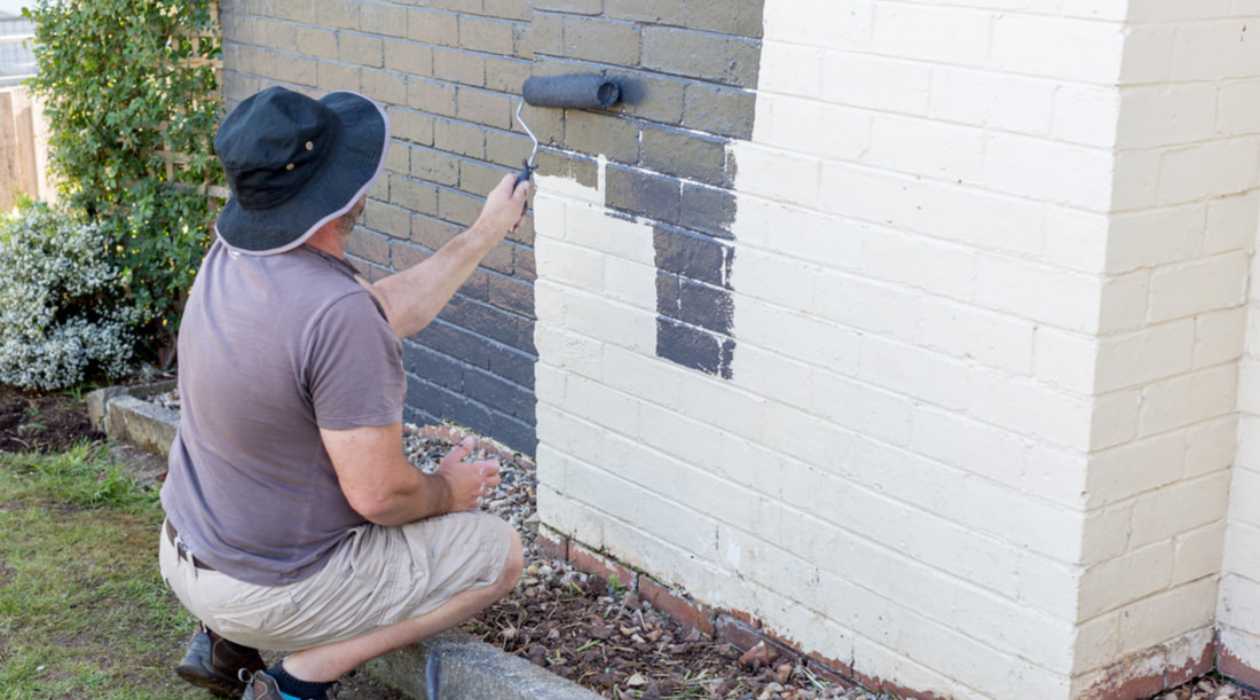
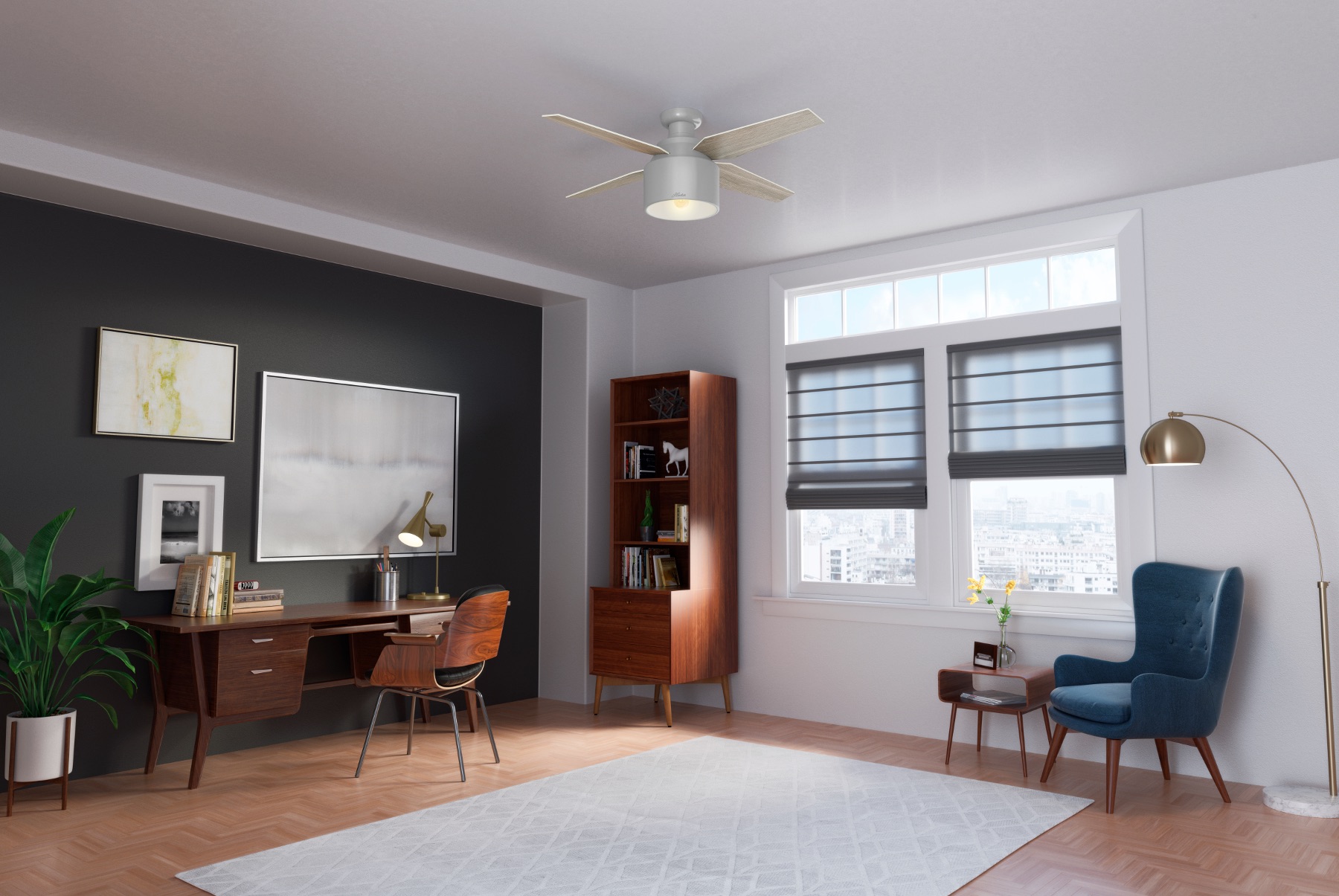
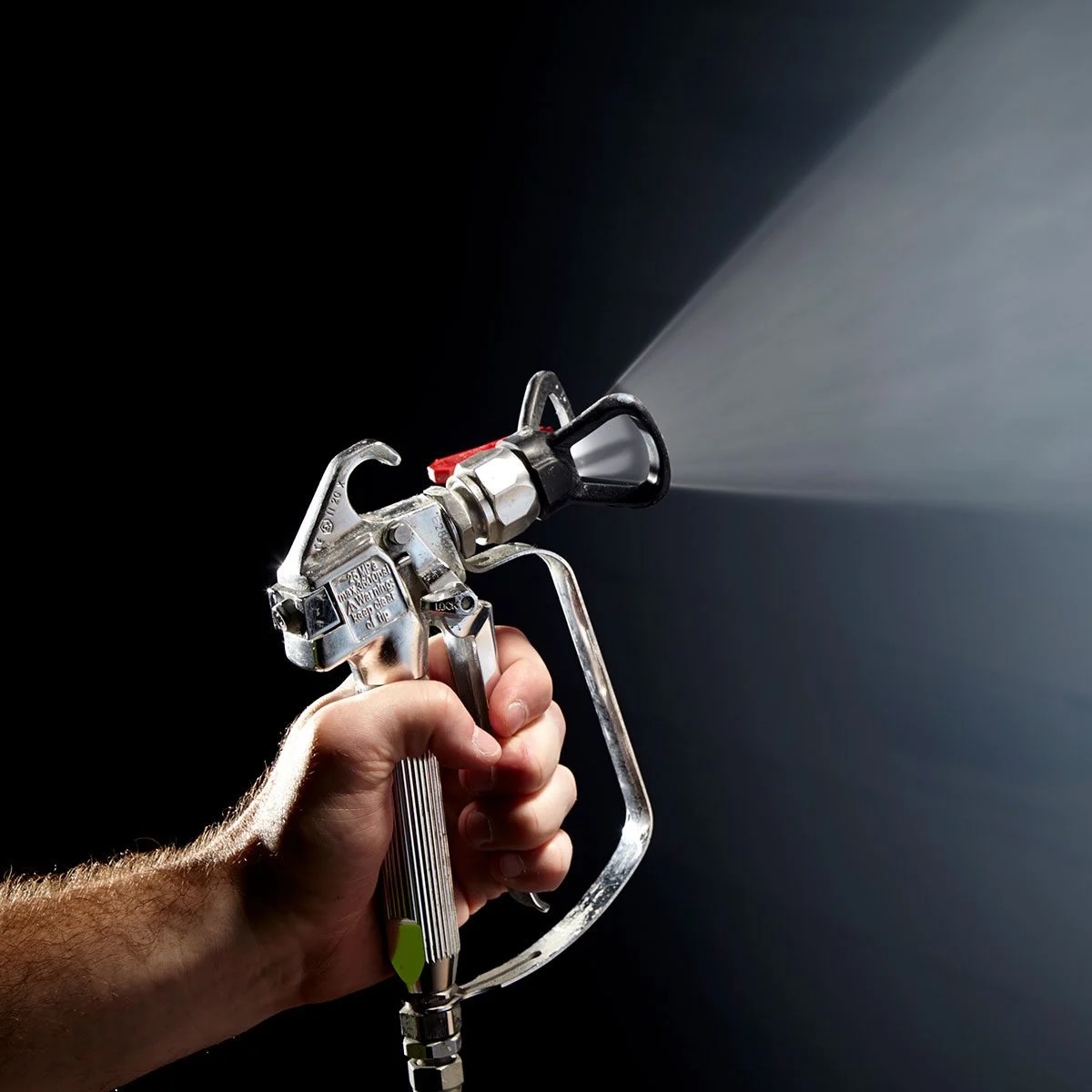
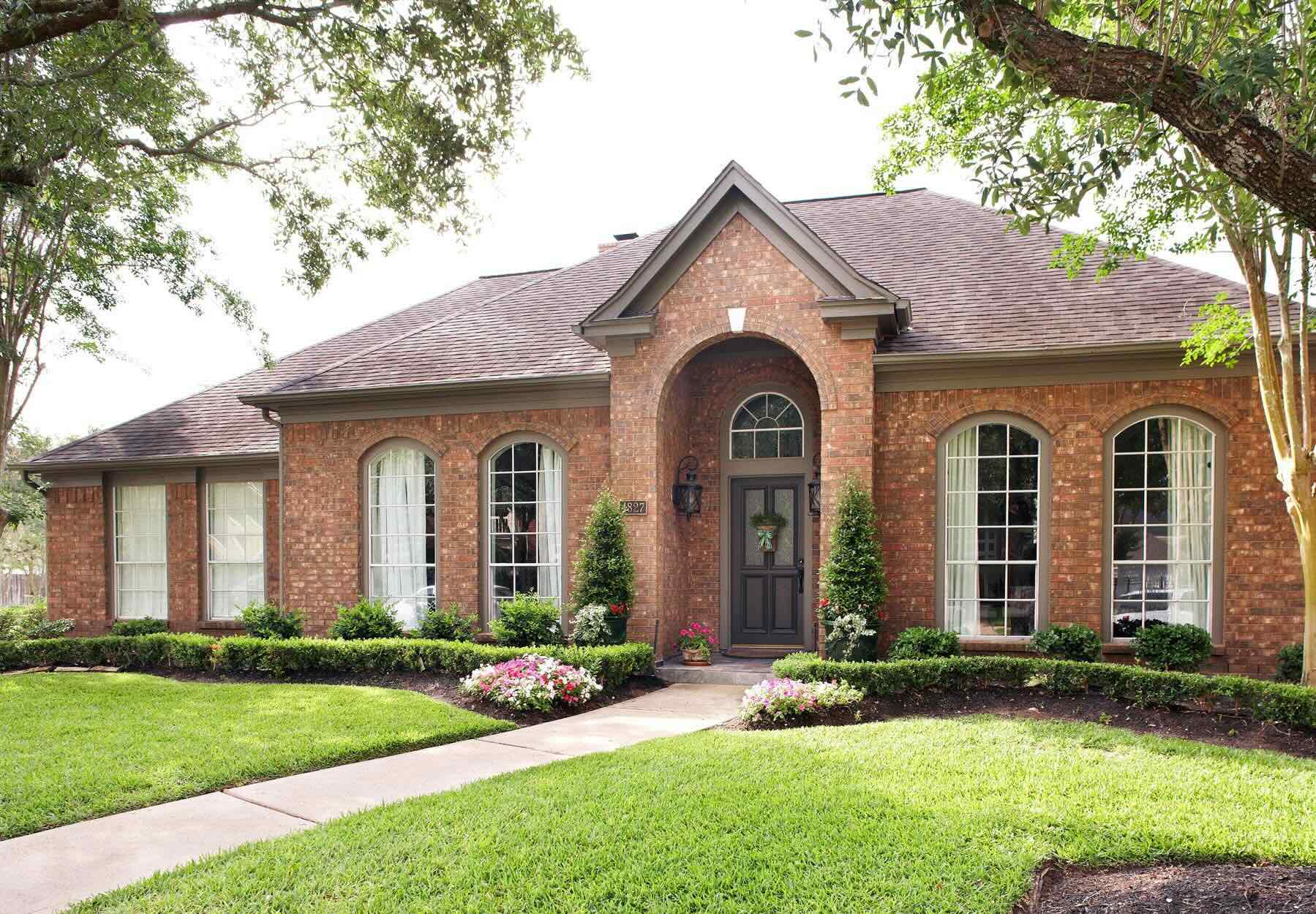
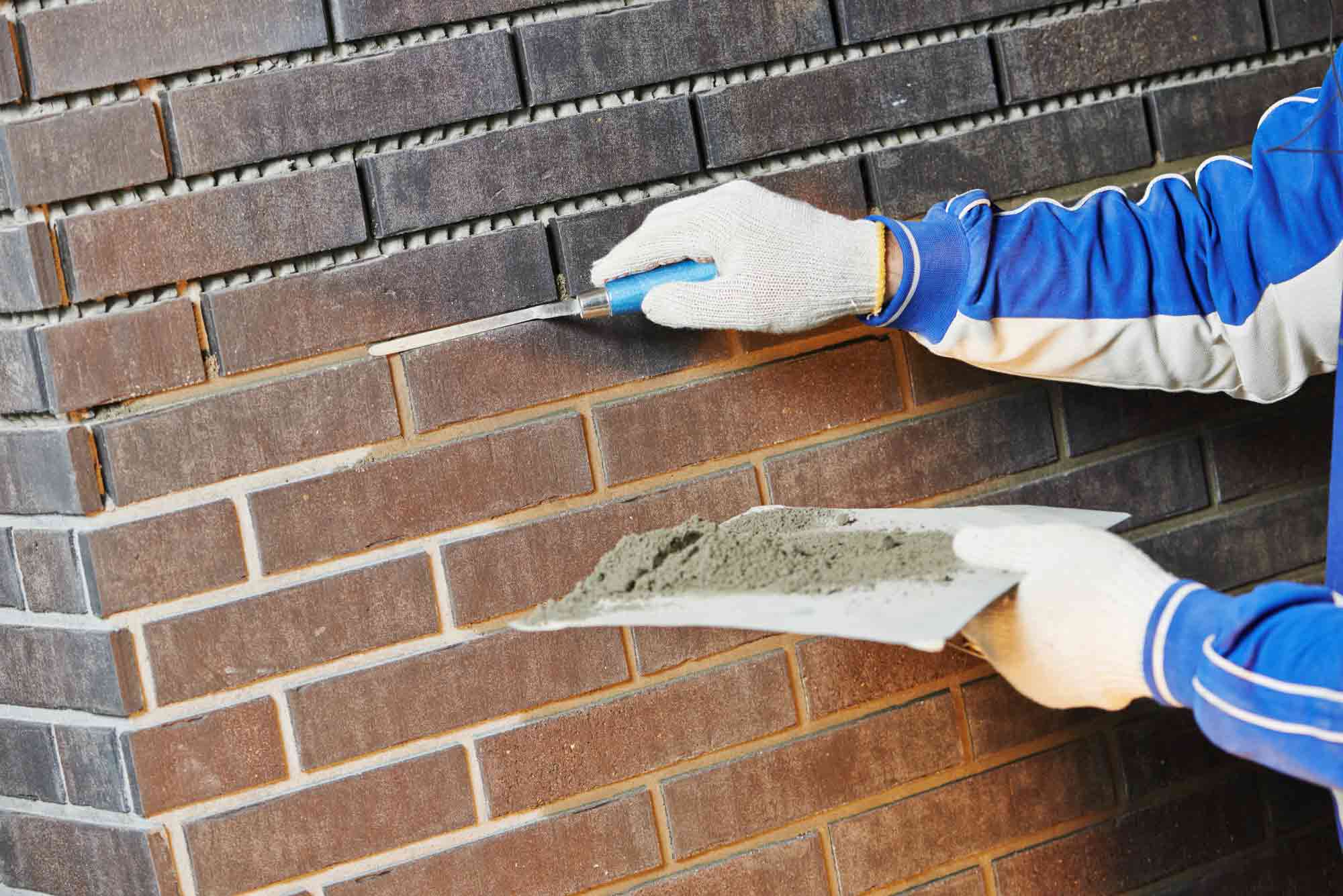
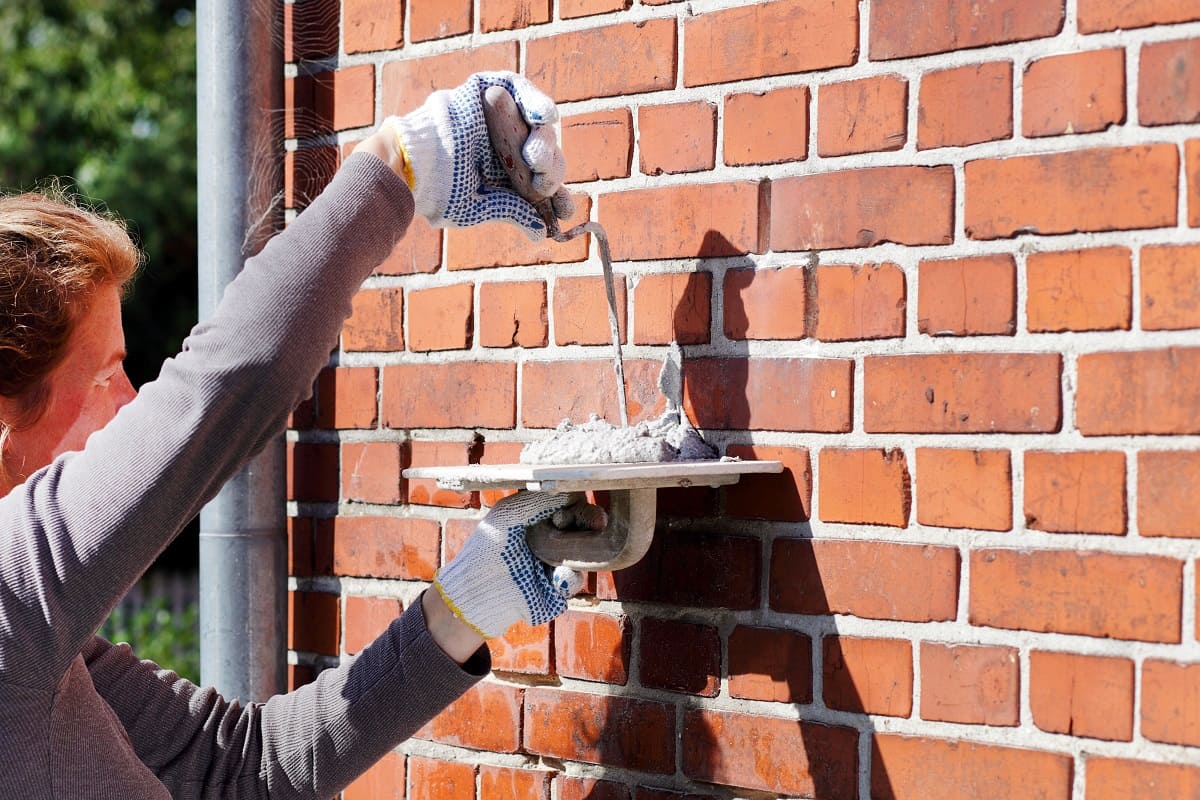
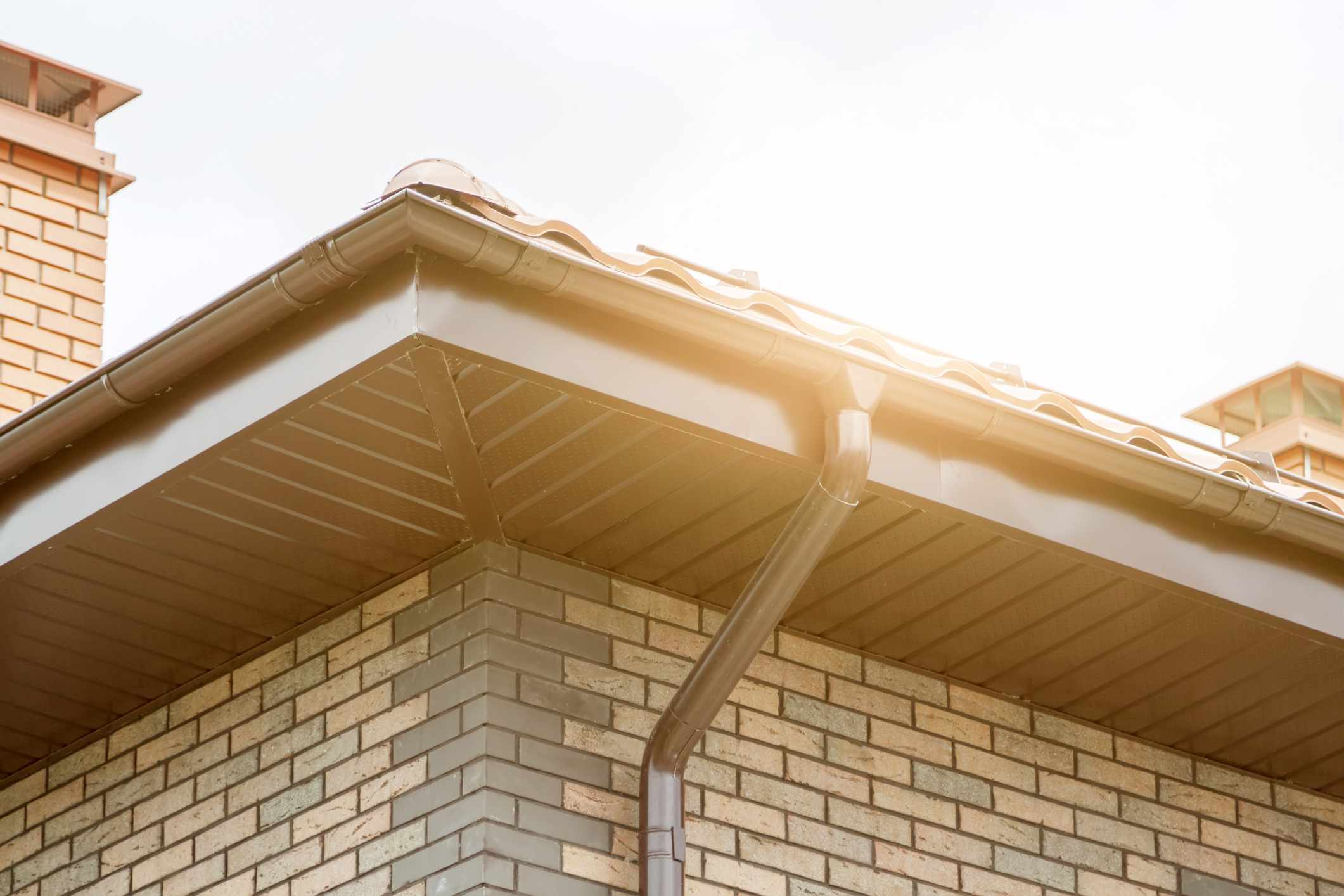
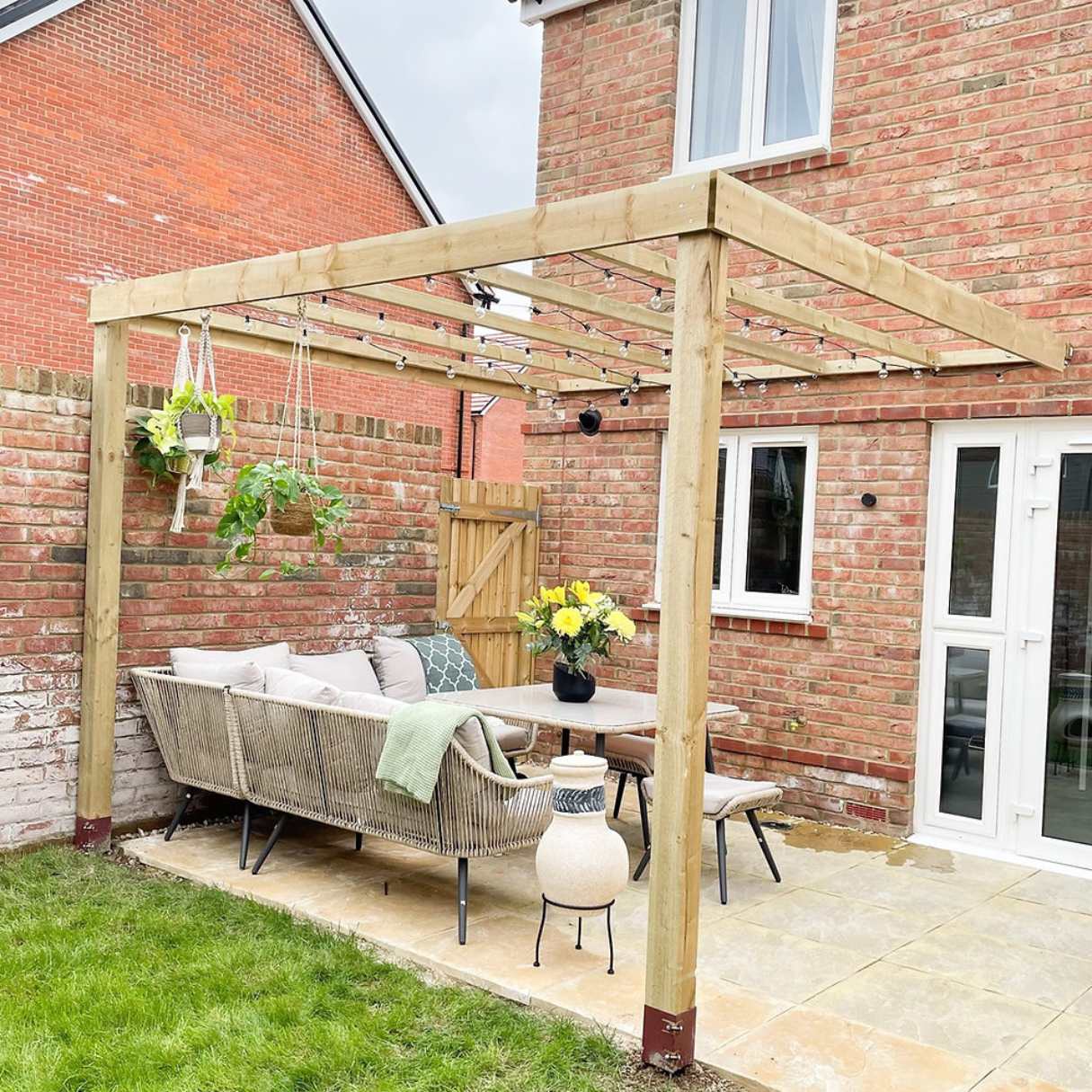
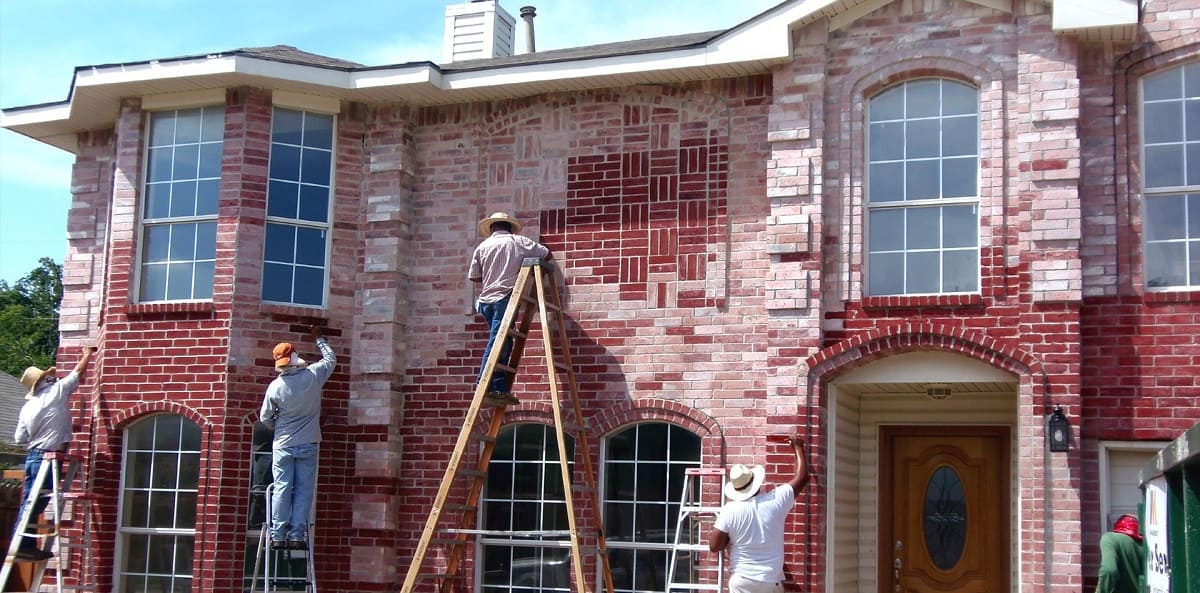
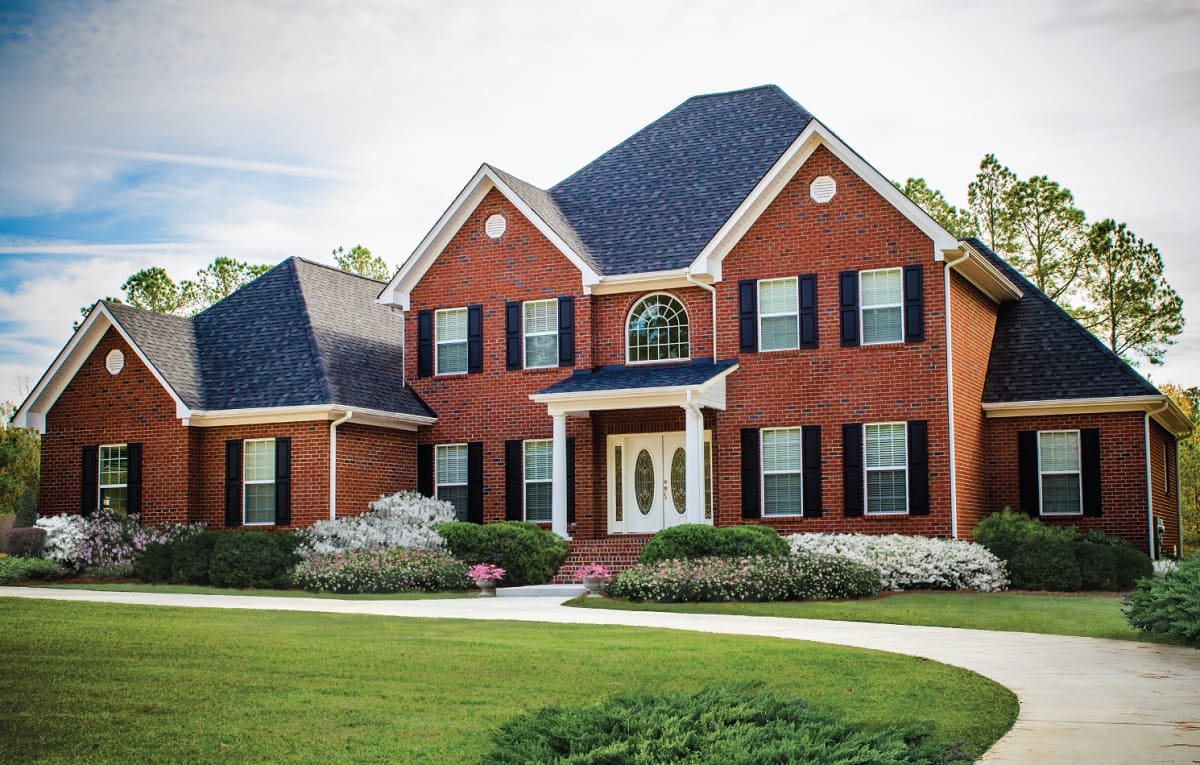

0 thoughts on “How To Keep A Brick House Cool”